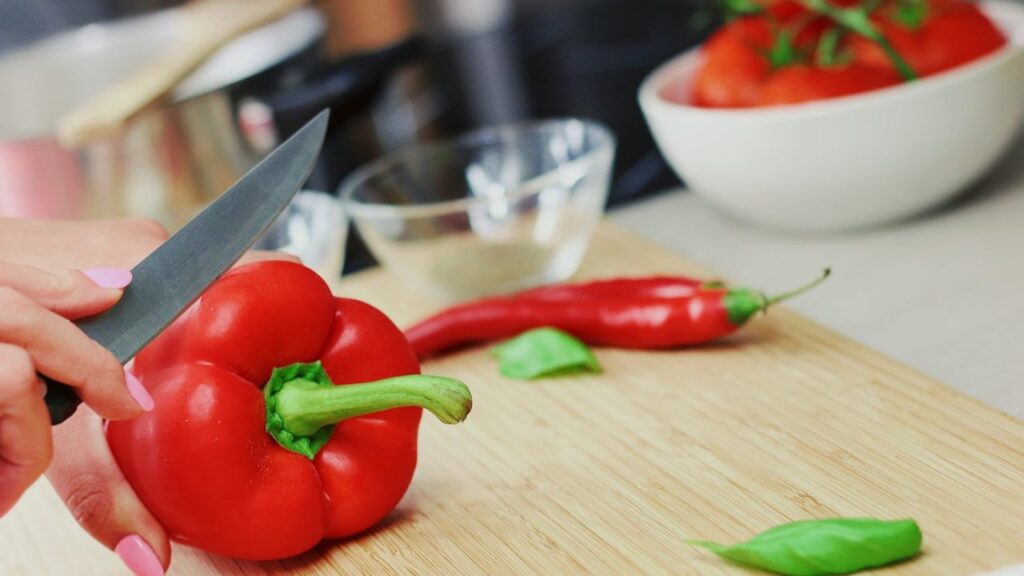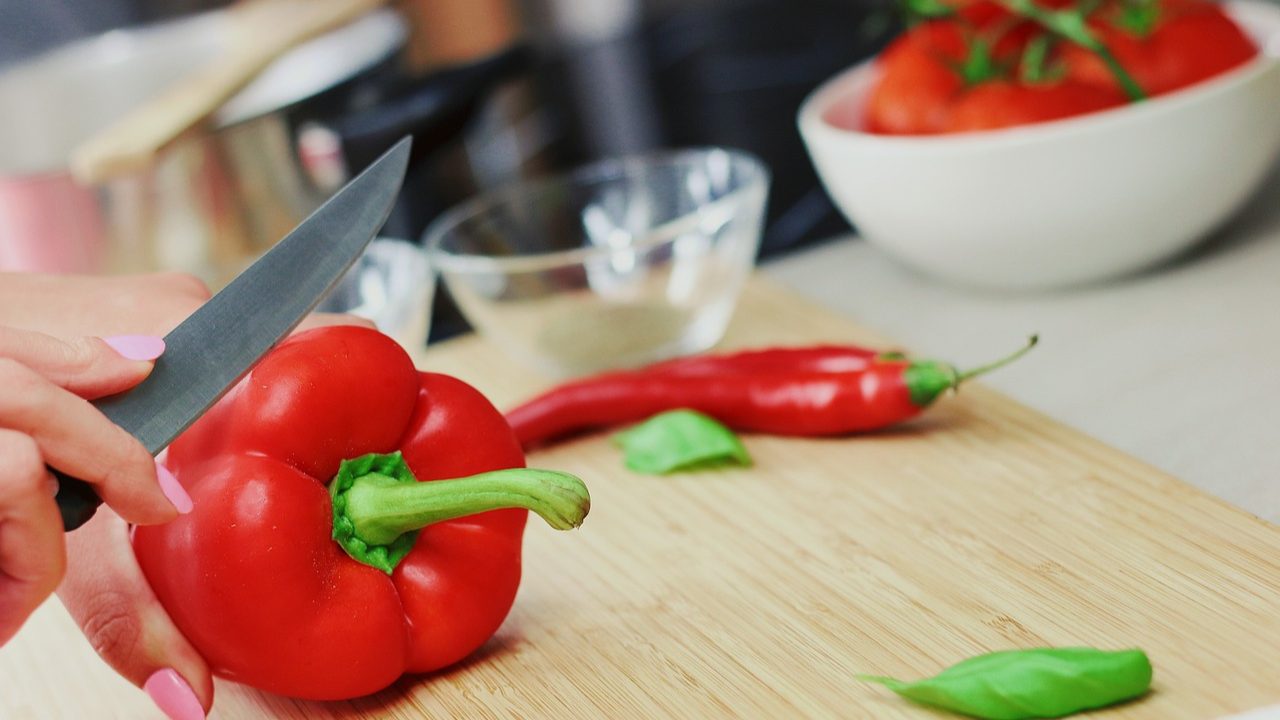Have you ever wondered why selecting the best cutting board for your kitchen is so crucial? It’s not just about having a clean surface to chop on; the right cutting board impacts your knife’s longevity, food safety, and cooking efficiency. With so many options—bamboo, wood, plastic—choosing the right one can feel overwhelming.
In this guide, we’ll walk you through everything you need to know about cutting boards, from materials and maintenance to avoiding common mistakes. By the end, you’ll know exactly what fits your kitchen needs.
Overview of the Best Cutting Board for Your Kitchen

Cutting boards are kitchen essentials, but not all are created equal. From eco-friendly bamboo boards to durable plastic or elegant wooden options, each has its unique benefits.
Why is this important? Because the right cutting board protects your knives, minimizes cross-contamination, and enhances your cooking experience.
Trends today show a growing preference for sustainable materials like bamboo and innovative designs like juice grooves to keep countertops clean.
Factors to Consider When Choosing the Best Cutting Board for Your Kitchen
Selecting the perfect cutting board depends on multiple factors. Here are the key considerations:
- Material Options:
- Wood: Stylish, durable, and knife-friendly but requires regular maintenance.
- Bamboo: Eco-friendly and affordable, though prone to scratches.
- Plastic: Lightweight, dishwasher-safe, but less durable over time.
- Durability & Maintenance:
- opt for materials that suit your usage frequency.
- Wooden boards require regular oiling to prevent drying and cracking.
- Size & Thickness:
- Choose a size that fits your kitchen counter and storage.
- Knife Safety:
- Wooden and bamboo boards are gentler on knife edges compared to harder materials like glass.
How to Choose the Best Cutting Board for Specific Cooking Needs
When selecting a cutting board, consider what you’re most frequently preparing in the kitchen. Different tasks require different cutting board characteristics:
- For Meat and Fish: Opt for a thicker plastic or bamboo board that’s easy to sanitize.
- For Vegetables and Fruits: A wood or bamboo board is gentle on knives and offers a stable cutting surface.
- For Bread and Cheese: A medium-density board, like bamboo or plastic, works well to handle delicate slicing without damaging your knife’s edge.
- For Multi-Use: A larger, thicker board made of wood or composite material can handle a variety of tasks without compromising on durability.
By selecting the best cutting board tailored to your cooking needs, you ensure a smoother, safer, and more efficient cooking process every time.
Common Mistakes When Using the Best Cutting Board for Your Kitchen
Avoid these pitfalls to get the most out of your cutting board:
- Not Cleaning Properly: Failing to sanitize after cutting raw meat can lead to bacteria buildup.
- Using the Wrong Tools: Hard knives on plastic boards or serrated knives on bamboo can damage both tools and surfaces.
- Skipping Maintenance: Wooden boards need regular conditioning to stay functional.
- Improper Storage: Storing boards upright without support may cause warping.
Benefits of the Best Cutting Board for Your Kitchen
Choosing the right cutting board offers several advantages:
| Material | Pros | Cons |
|---|---|---|
| Bamboo | Eco-friendly, lightweight, affordable | Can be prone to scratches |
| Plastic | Easy to clean, dishwasher-safe | Wears out faster, prone to knife marks |
| Wood | Durable, knife-friendly, stylish | Requires regular maintenance |
Key benefits include enhanced food prep efficiency, improved hygiene, and prolonged knife lifespan.
Conclusion
If you’re already familiar with the best cutting boards for your kitchen, it’s time to refine your choices based on material, size, and care. Whether you prefer the durability of wood, the eco-friendliness of bamboo, or the easy maintenance of plastic, understanding how to properly maintain your cutting board can extend its lifespan.
By selecting the right cutting board and following proper care tips, you’ll enhance your kitchen experience and ensure that your tools stay in top condition for years to come. Happy chopping!
FAQ’s
What is the best material for a cutting board?
The best material depends on your needs. Wooden boards are gentle on knives and long-lasting. Bamboo is eco-friendly and durable, while plastic is easy to clean but can wear out over time.
How do I clean and maintain a wooden cutting board?
Clean wooden boards with warm, soapy water, then dry immediately. Regularly condition with mineral oil to prevent cracking and maintain its smooth surface.
Can I use a plastic cutting board for meat and vegetables?
Yes, plastic boards are versatile and dishwasher-safe. However, be sure to clean thoroughly between uses to prevent cross-contamination.
How often should I replace my cutting board?
Replace your cutting board when it becomes deeply scratched, warped, or difficult to clean. A well-maintained board can last for years.
Can I put my cutting board in the dishwasher?
Plastic cutting boards are dishwasher-safe, but wood and bamboo boards should be hand-washed to preserve their integrity and prevent damage.


5 thoughts on “The Ultimate Guide to Choosing the Right Cutting Board for Your Kitchen”